Many people drink green tea for health reasons, and it's no wonder. This beverage is a superstar when it comes to antioxidant levels, and is being studied for its potentially curative properties on multiple health concerns, whether it's staving off the aging process or fighting cancer.
Go Big: Go Matcha
If you really want to up the ante, it's time to consider switching from green tea to matcha. Now, matcha is still green tea, but it's the entire leaf of camellia sinensis that's been ground up, as opposed to the brew created from steeping the tea leaves in hot or cold water. So when you drink matcha, you're actually ingesting the entire green tea leaf.

Usucha, or "thin tea" matcha is what most newbies should try first.
In fact, matcha means "powdered tea." Farmers cover the plants during part of the growing season to create thinner, better-tasting leaves. The most tender inner leaves of the plant are hand-picked, steamed, and aged to create a deeper flavor. They retain more nutritional benefits because they're less processed than regular green tea leaves.

Tea plants shaded from sunlight by a "Tana" canopy, an expensive, time-consuming task.
There are different grades of matcha tea (including types meant for cooking and for tea ceremonies), but it can get a little complicated. For beginners, just remember that there is usucha, which has a thinner consistency, and koicha, which is a lot thicker. If you're not used to matcha, try usucha first.
Matcha Has Higher Levels of Antioxidants Than Regular Green Tea
While most scientific studies have focused on more commonly known varieties of green tea, a 2003 study led by University of Colorado chemistry professor David Weiss focused specifically on matcha and found that it had 137 times the amount of ECGCs (epigallocatechin gallate) found in a common supermarket brand of bagged green tea.
ECGCs are the potent antioxidant in green tea that have been linked to everything from weight loss to cancer prevention.

A bowl of matcha, whisked to frothy perfection.
Meanwhile, a 2009 study led by Noriko Yamabe at the University of Toyama in Japan used matcha to treat rats with type 2 diabetes. The rats experienced a decrease in their blood sugar, cholesterol levels, and "bad" blood fats. The matcha also protected the subjects against liver and kidney damage.
Matcha Isn't as Intimidating as It Seems
One reason matcha isn't well known to most Western tea drinkers is because it was never meant for common consumption. Matcha was originally cultivated by Zen monks and then adopted for use in the traditional Japanese tea ceremony called "Chado," or "The Way of Tea."
So matcha can seem a little scary at first—do you really need a matcha-specific whisk, a special cup, and a deep understanding of the Zen behind matcha to drink the stuff?

Matcha tools: chasen (whisk), chasen-tate (whisk stand), chashaku (tea ladle), strainer, and tea bowl with spout.
No (although all those things are nice to have). Once you understand the process, making matcha is quite simple.
Making a Decent Cup of Matcha at Home Is Easy
You can use a small metal whisk if you don't want to buy special equipment at first. Then you just need a medium-sized ceramic bowl, hot water, and good quality matcha.
Sift about half a teaspoon of matcha into the bowl. Use the whisk to break up the clumps first so the matcha is as smooth as possible. The water should be 175°F—in other words, not boiling. If it reaches a full boil, let it cool off for a minute and a half before pouring.
Next, add a small amount of water—only an ounce or two. Then use the whisk to briskly stir in a "W" shaped pattern for about ten seconds. You want the matcha to appear smooth and creamy and slightly thick.
Into the Gloss has a good instructional video on the process:
Then sip it and enjoy. Matcha is sweet and has a stronger, grassy taste than regular ol' green tea. It has complex aftertastes, some of which can veer towards an umami-like savoriness, depending on the variety you get.
To me, matcha has undertones of hay and (don't laugh) sunshine. Although I'm far from understanding the full intricacies of the tea ceremony, I like to sip my matcha in a quiet place if possible, and contemplate my day.
Just keep in mind that the tea particles never fully dissolve. If you set your matcha down for a few minutes, it will separate and require more whisking.
You Can Cold Brew It, Too
Good news: if you don't want to bother with the hot water and the whisking, you can use the cold brew method. Just add the amount of matcha you prefer to cold water in a container with a lid. Then shake that mother until it's a rich, bright-green liquid. As with the hot version, the tea particles will settle if left to sit for a few minutes, so remember to shake it again if you put the bottle down.
Or, Make a Matcha Latte
While matcha is traditionally served solo, you've probably seen latte versions served at higher end cafes. If you're someone who isn't fond of the taste of green tea but wants the benefits, this might be a good way to introduce it into your routine. The good news is you can easily make a matcha latte at home.
Just follow the instructions for hot matcha above, with a couple of changes: after you pour the matcha into your cup, add a teaspoon or two of warm water to make it into a lump-free paste. Then add hot frothed milk to taste. You can also add sweetener if you like.
Remember, while matcha is extraordinarily good for you, it does contain caffeine. If you're sensitive to the stimulant, limit yourself to one cup or two per day. Some sources say it has 70 milligrams of caffeine, but that's per 8 ounce cup. Usually most servings are much smaller than that (or should be).
If you'd prefer to eat your matcha over drinking it, you could even make yourself a few of those famous green tea Kit Kats at home, or pretty much any kind of dessert you want.
Cover image via cgc76/Flickr







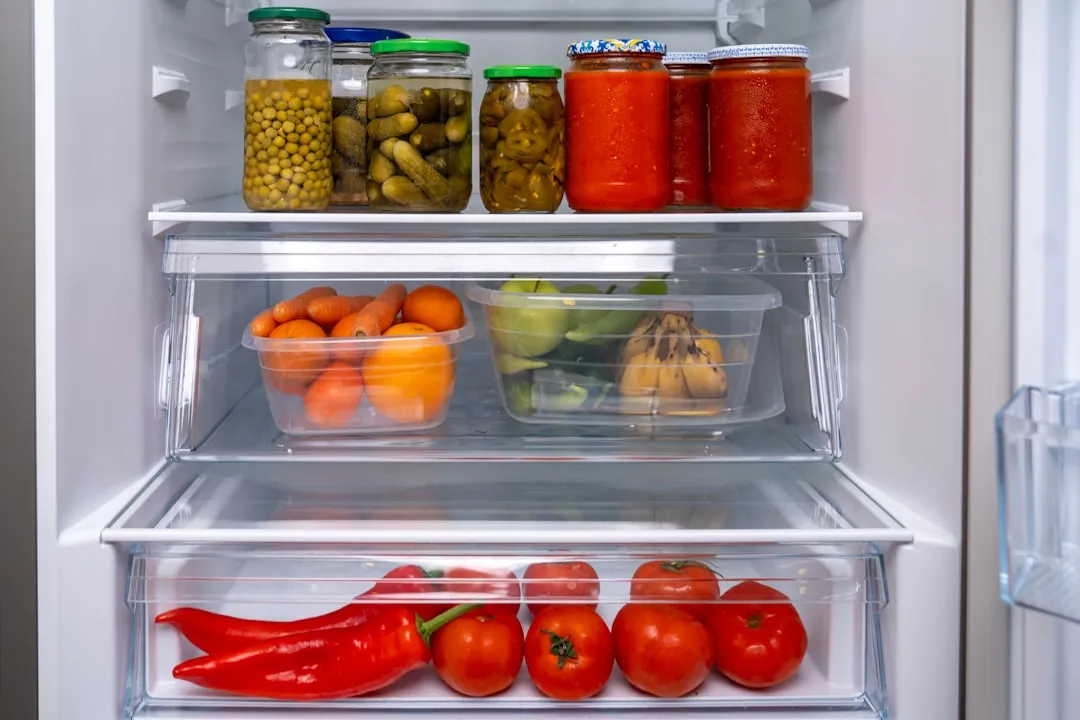


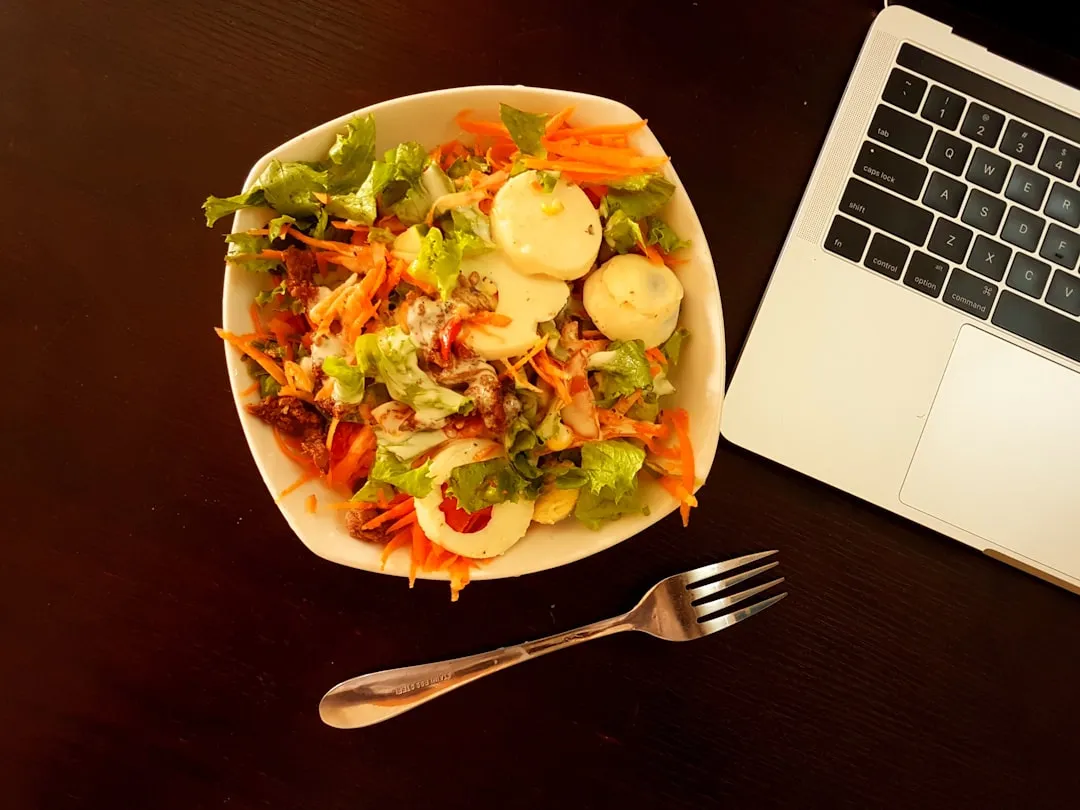

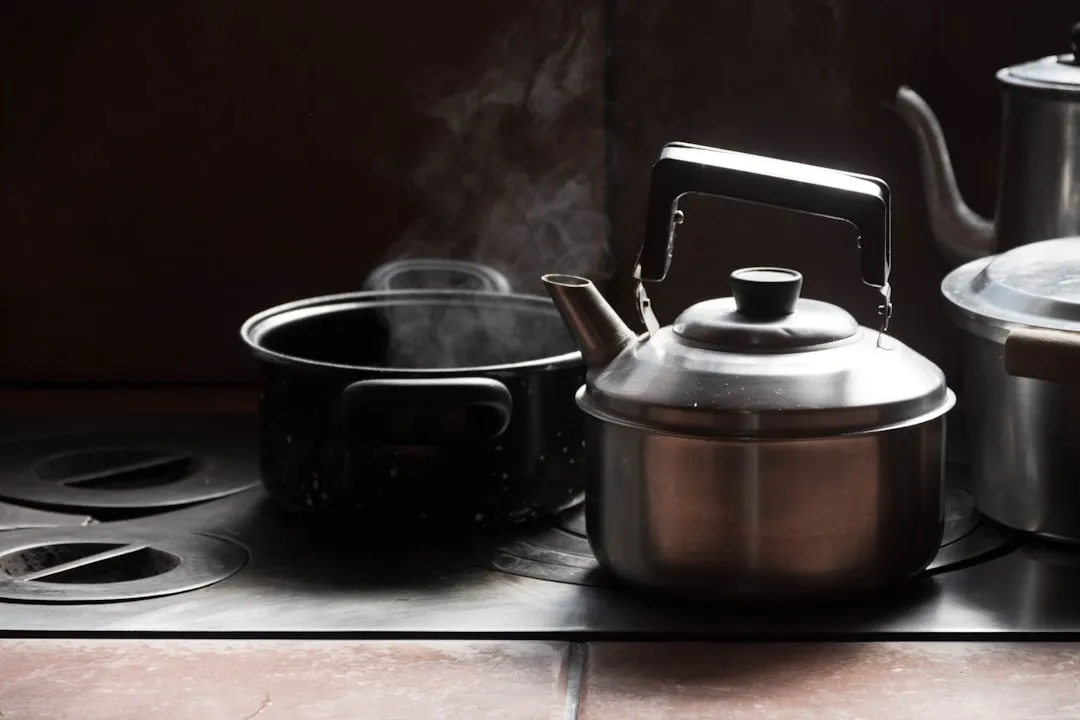

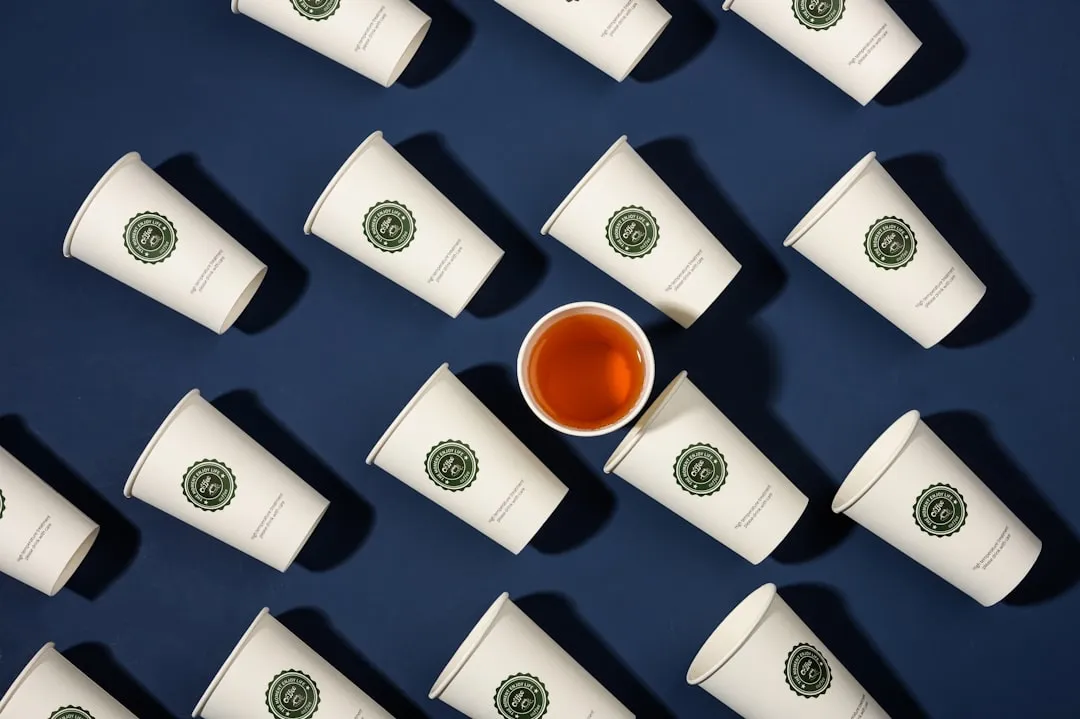









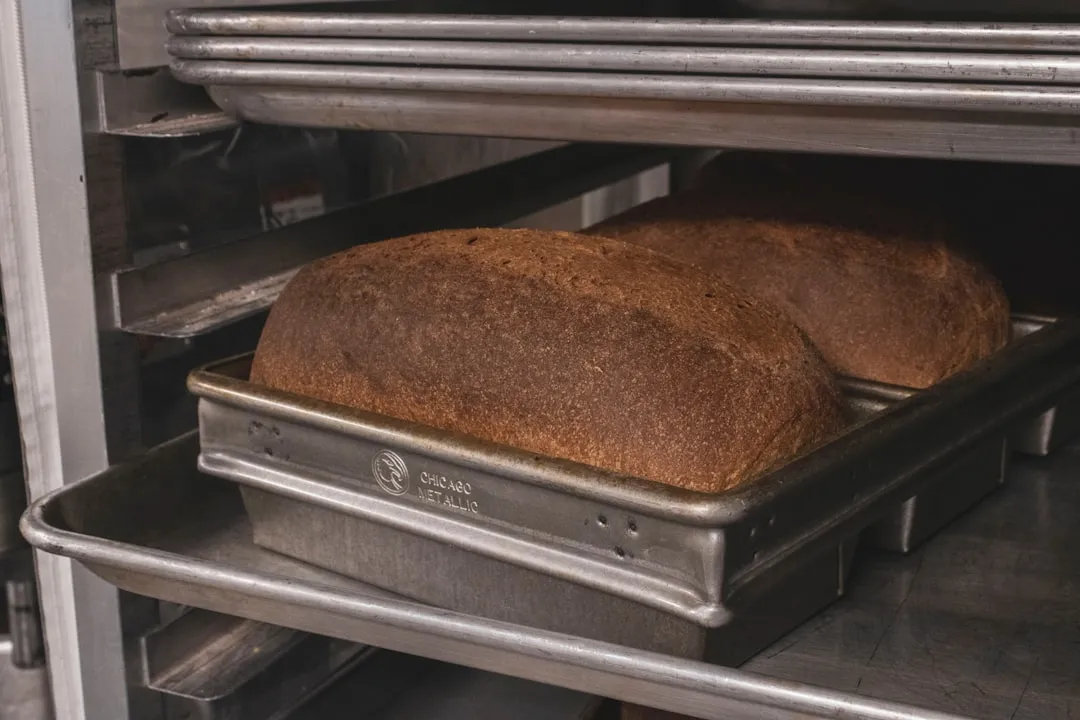
Comments
Be the first, drop a comment!